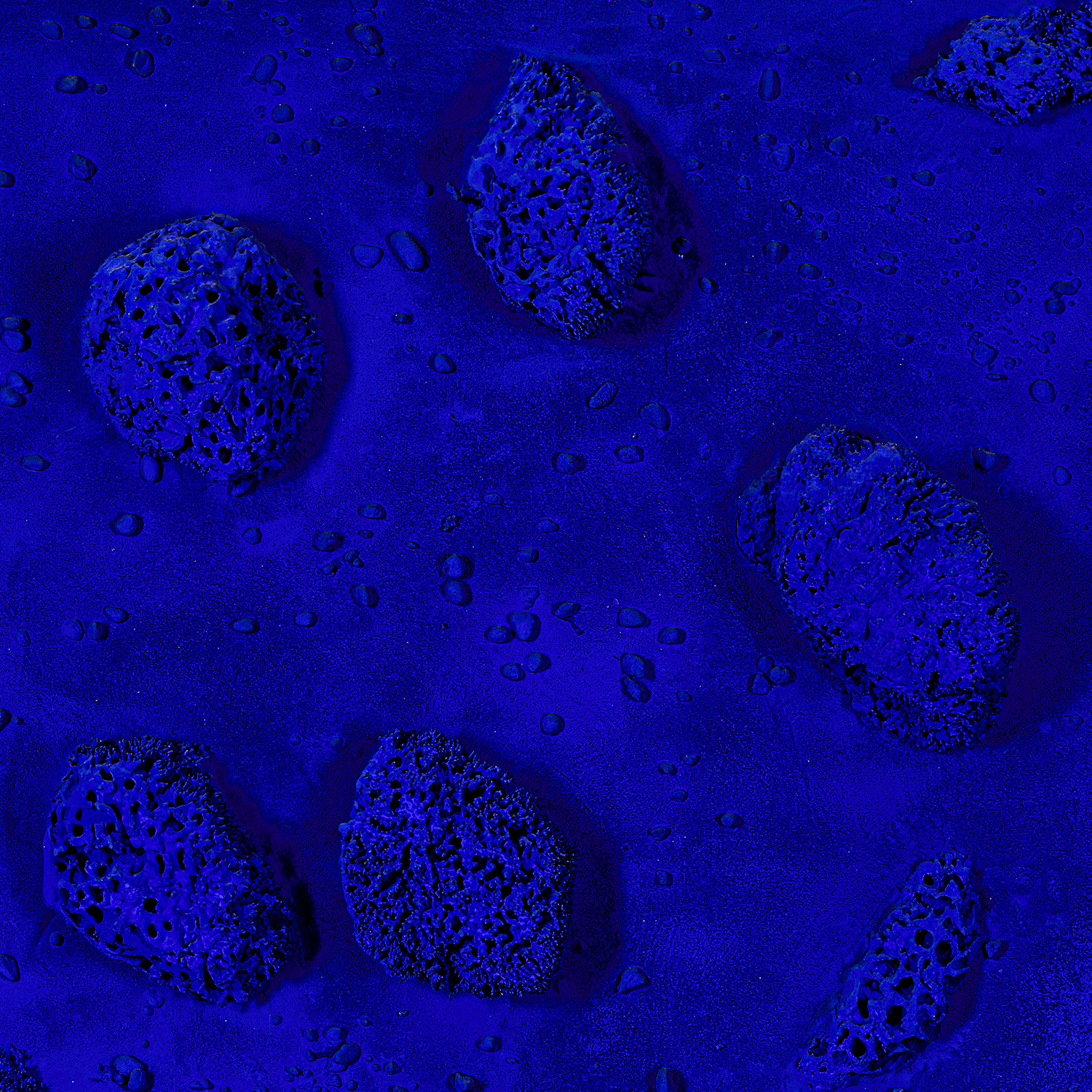





Property from a Distinguished New York Collection
15Ο◆
Yves Klein
Relief Éponge bleu sans titre (RE 49)
signed with the artist's initials, inscribed and dedicated "D'abord il n'y a rien, ensuite il y a un rien profond, Puis une profondeur bleue chez Wilp! YK" on a label affixed to the reverse
dry blue pigment and synthetic resin, natural sponges and pebbles on panel
48 1/4 x 39 3/8 x 3 1/2 in. (122.6 x 100 x 8.9 cm)
Executed in 1961, this work is registered in the Yves Klein Archives under number RE 49.